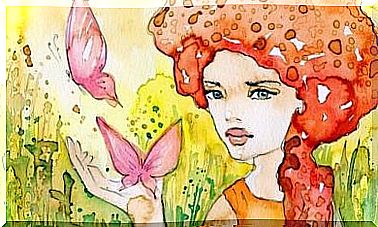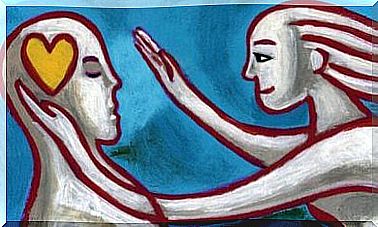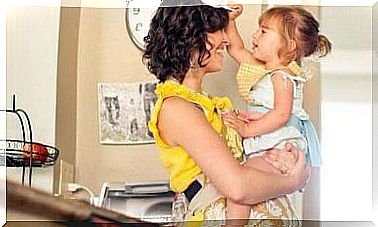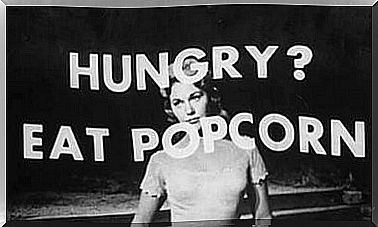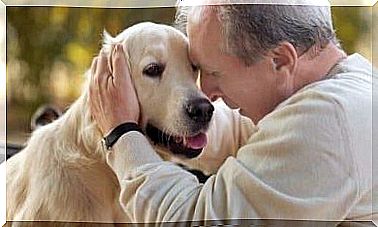Anna Freud And Her Work After Sigmund Freud
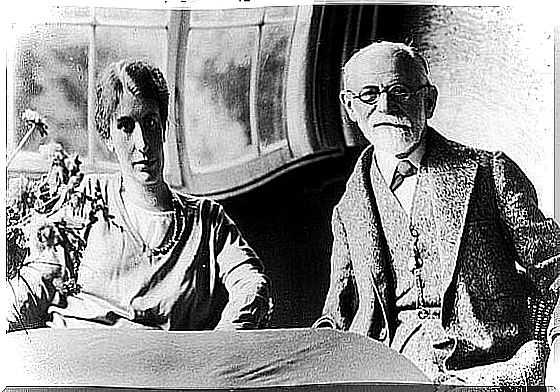
Anna Freud was an unwanted daughter. She was the youngest of 6 children and the only one who became a faithful and almost self-denying disciple of her father Sigmund Freud. She was a “guinea pig” for psychoanalysis and also his heir. Much of what Anna Freud contributed in child psychology was groundbreaking and truly invaluable.
Fortunately, the name of this interesting woman did not fade in the glow of oblivion. Her name has not disappeared in the void that other female figures were pushed into by the great men of their kinship. Ada Lovelace is one of them, a remarkable mathematician and forerunner in programming languages; a woman who for many was no more than Lord Byron’s outstanding daughter.
Anna Freud was also the excellent daughter of the great father of psychoanalysis. She was a girl who came into the world unsolicited, but quickly managed to gain a niche among her many siblings and family members who blindly idolized her father. Anna was restless, restless, and sought admiration from her father more than anything else. Unfortunately, he was a man who treated her more like a patient than a daughter.
It was in the 1920s that her life, when she was a member of the Vienna Psychoanalytic Association, took a new path. Sigmund Freud had already been diagnosed with oral cancer, and Anna was determined not to leave her father at all. However, she thought she could now lead her career to other fields. Instead of practicing as a psychoanalyst, she decided to treat young children pedagogically under psychoanalytic guidelines.
What started in Vienna in 1925, continued in England and in connection with World War II. It was an important stage for her true work to begin. It would in a way continue with the now deceased Sigmund Freud, but incorporate other approaches.
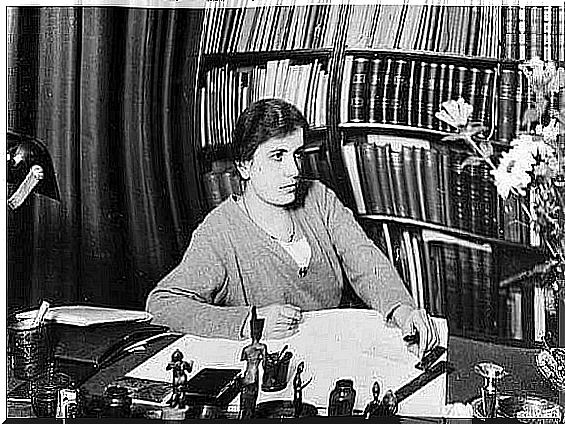
Anna Freud and the psychology of the ego
Anna Freud was always a practical woman. She did not like to theorize too much. Therefore, her books are full of interesting case studies as a basis for justifying and developing her ideas. What “Miss Freud” wanted most of all was that psychoanalysis should have a therapeutic use in people’s lives, especially in children.
- Throughout her life, she was much more concerned with mental dynamics than mental structure. Therefore, she was more interested in SELF (the self) than in IT (the-one) and in the unconscious part of the mind that her father so passionately loved.
- Anna Freud is known for her book “Ego and the Mechanisms of Defense”. She explains how each of these dynamics works. In fact, she has even devoted a special section to the use of defense mechanisms in children and adolescents.
- She also dived into an interesting idea, which says that most of us use defense mechanisms, and there is nothing pathological about it. Anna Freud did not focus as much on the symptoms of possible abnormalities as her father focused on. She also wanted to combine her theoretical prism with a more practical psychology.
- Suppression: An answer to the need to keep the thoughts and feelings that keep anxiety going.
- Projection: The ability and habit of seeing one’s own faults in another person.
- Transfer: Transfer of negative emotions to a third party.
- Regression: Going back to a younger age psychologically, with habits and patterns one has at this age.
The British scene and child psychology
In 1941, Anna Freud opened a kindergarten and several homes for children on Wedderburn Street in Hampsteaden, London. At that time she had also read Maria Montessori and was touched by all the little ones who had been traumatized in the war. So she decided it was time to move on and work for progress in this field that interested her so much.
- She based the development on her theories about her father’s approach. However, she was aware that when dealing with trauma, she would put “the one and the superego” aside to focus on “I”.
- In addition, when Anna started the psychotherapy sessions, she avoided as much as possible the “parent figure” that was so typical of psychoanalysis. She knew that children needed a warm, friendly and relaxed environment to communicate comfortably.
- Anna Freud was the first to use play (play therapy), a mechanism for entering the child’s emotional world. With games, her role as a therapist also changed. Instead of presenting herself as a distant figure of authority, her goal was to deal with children by using intimacy and her own language.
Thus, the classic therapist sofa was set aside for a real playroom, which was a much more suitable context for children and their spontaneous expression.
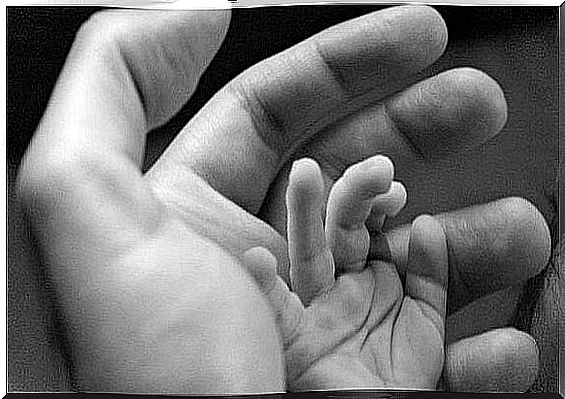
The importance of early relationships
Throughout her life, Anna Freud defended the need to take care of and address a child’s early relationships as an important mechanism for proper development. Her work with children who had been abandoned or seriously neglected laid the foundation for several subsequent lines of research.
Another groundbreaking initiative was also the recommendation that children should not be hospitalized more than necessary. Children without parents or abandoned children should also not live long in orphanages. Children need family intimacy and a mother figure. Any distance from family relationships (or surrogates) causes stress, fear and affects the child’s brain and mental development.
Anna Freud worked hard to make her reception centers feel like “family units”. In this way, every child who had been abandoned or traumatized by the war would find friends – siblings – and a surrogate mother or psychotherapist who could help them deal with their trauma and repeated nightmares.
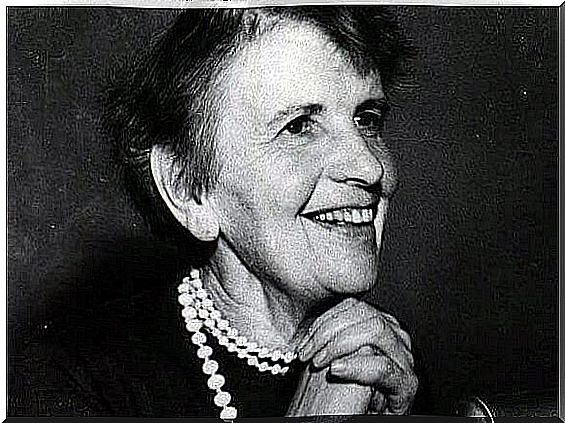
The “black demon,” as her father called her because at times she had a rather strong will and eccentricity, never betrayed the theoretical legacy of her father; in fact, she improved it. Thanks to her, the sharp edges were sharpened. She worked on the loose ends left by her father and his more shallow exploration of childhood education.
The therapeutic practice of Anna Freud was exclusively dedicated to children. In addition, her life was dedicated to protecting children who lacked even basic care. She set up several daycare centers, a clinic and a fitness center for psychotherapists who specialize in psychosis analysis in children.
Anna Freud died at the age of 82, with her mission completed. She was the mother of psychoanalysis and the protector of its progress.
Bibliographic references:
- Anna Freud (2004). Psychoanalysis of child and adolescent development . Barcelona: Editorial Paidós Iberica
- Sigmund Freud & Anna Freud (2014). Sigmund and Anna Freud. Correspondence 1904-1938 . Profund Psychology Collection. Argentina: Paidós Editions
- Anna Freud (1980). El Yo and the defense mechanisms . Barcelona: Editorial Paidós Iberica
